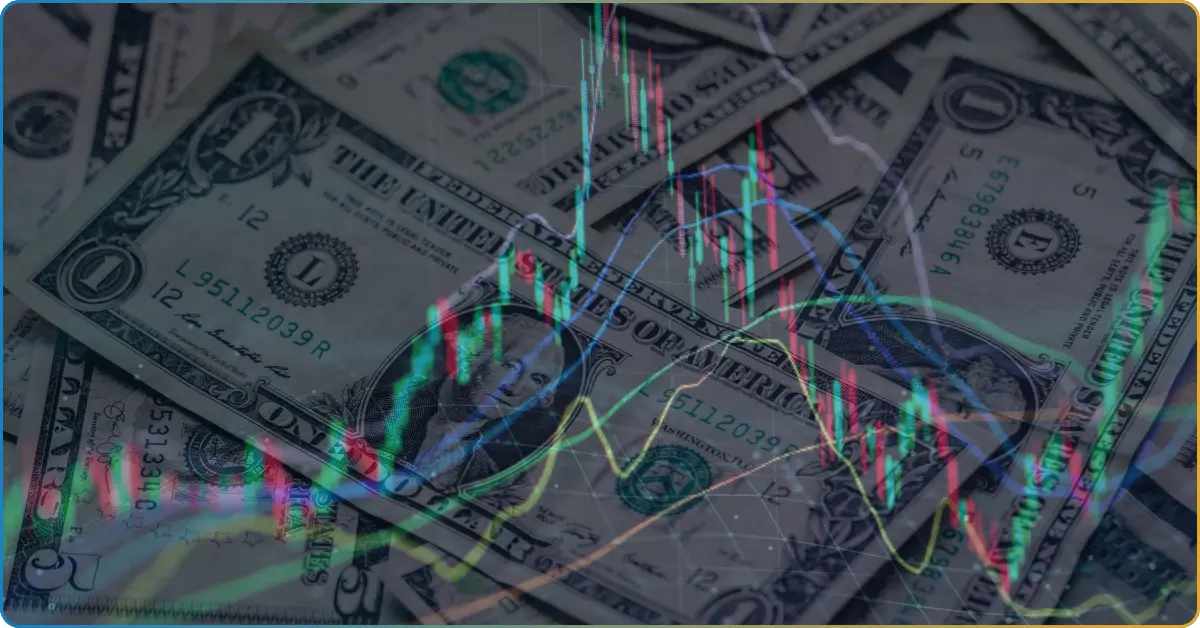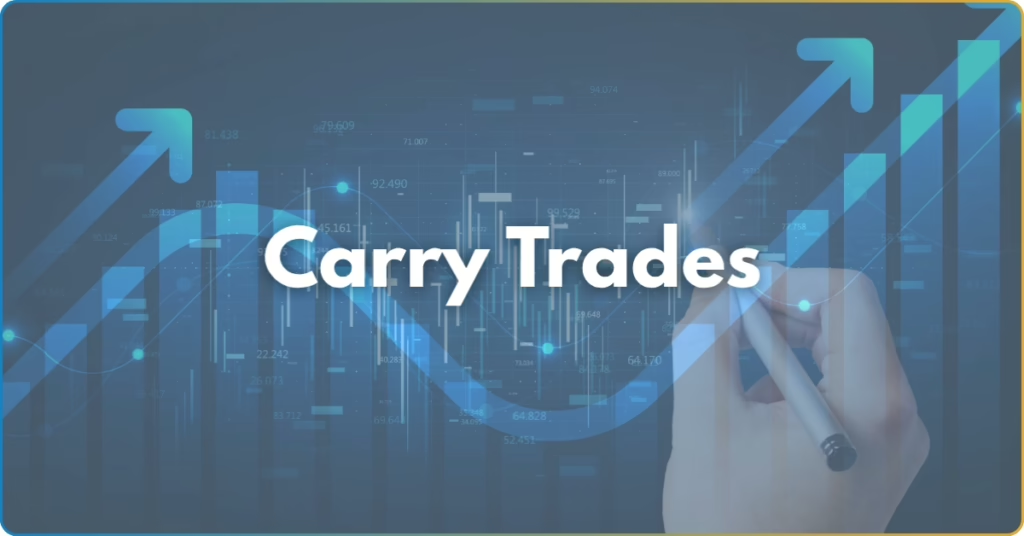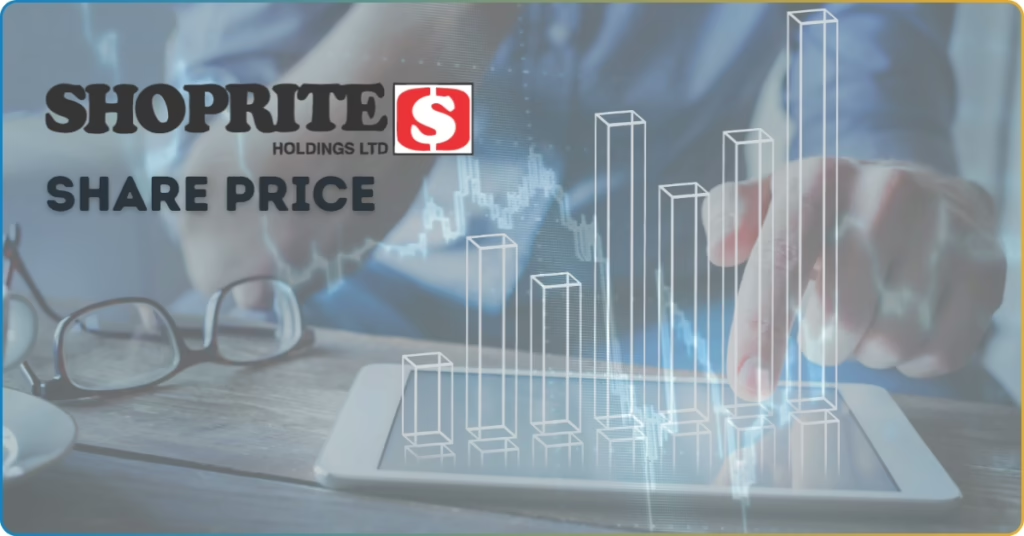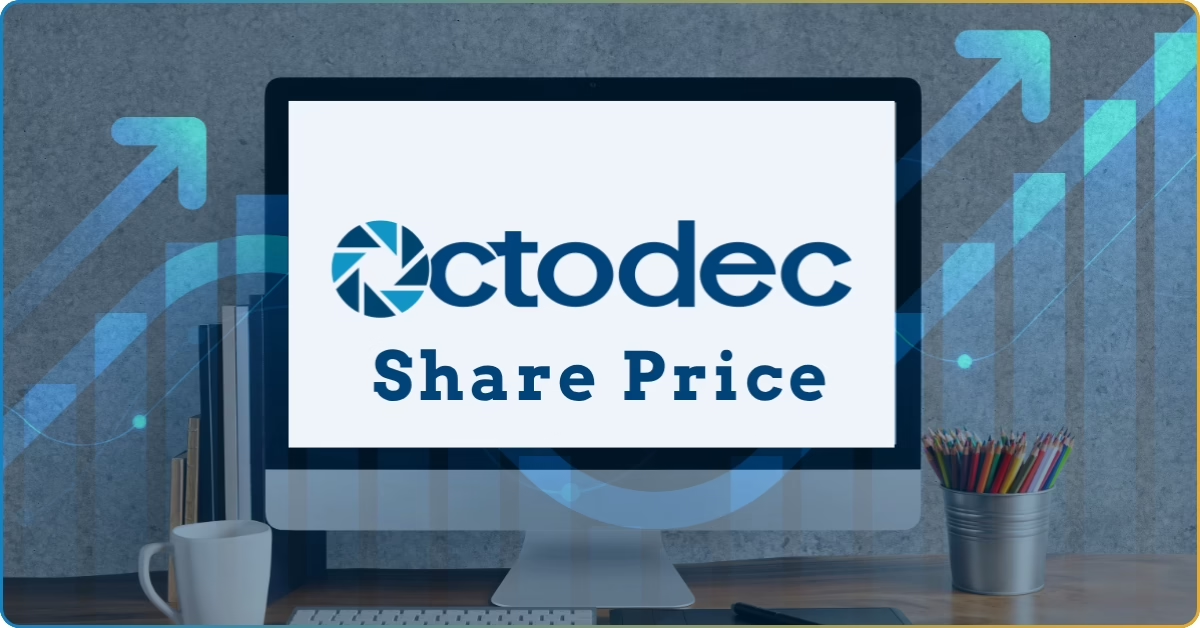In the previous lesson, you’ve dipped the surface of the US dollar index.
Following the termination of the Bretton Woods Agreement, the dollar’s exchange rate became free-floating. Its value was not pegged on gold anymore.
However, an economic problem arose – how can one track the dollar’s strength without gold? Enters the US dollar index.
With USDX, the dollar is compared against its major trading partners to measure its economic strength. In this TRU Insights, you’ll learn how to properly read the US dollar index and the indication of a strong and weak dollar.
USDX at First Glance
- USDX statistically measures the strength of the dollar by weighing the performance of its trading partners. This is used by speculators, investors, analysts, and economists as the US financial benchmark.
- USDX’s base value (100) is used by analysts to read the index valuation. A reading above 100 means a strengthening dollar while a reading below it signifies a weakening dollar.
- The strength of the dollar primarily impacts the country’s imports and exports.
- A weak dollar means cheap exports which attract foreign consumers. Meanwhile, a strong dollar makes US-exported goods more expensive due to costly export fees.
Refresher: What Is the USDX?
The US Dollar Index (USDX) reads the US economic performance, especially towards the cash flow (exports and imports).
To effectively gauge the dollar performance, USDX compares it to other currencies in the basket, including:
- Euro (EUR)
- Japanese yen (JPY)
- Great Britain pound (GBP)
- Canadian dollar (CAD)
- Swedish krona (SEK)
- Swiss franc (CHF)
But why them?
It’s because these are the currencies of America’s largest trading partners. Comparing their currency valuation to the US concludes its relative strength.
Who Manages the USDX?
The Intercontinental Exchange Incorporation (ICE) owns and manages the weighting process of the USDX.
To perform its core function, USDX weighs the economic value of USD’s six trading partners. The weighting varies as well, it’s highly dependent on their respective economic size.
Here is how ICE weighted the other currencies in the USDX basket:
| Foreign Currencies | USDX Weighting |
|---|---|
| Euro (EUR) | 57.6% |
| Japanese Yen (JPY) | 13.6% |
| British Pound (GBP) | 11.9% |
| Canadian Dollar (CAD) | 9.1% |
| Swiss Franc (CHF) | 4.2% |
| Swedish Krona (SEK) | 3.6% |
The Strength of the Dollar Matters
Time and again, the US dollar has been a safe haven for individual traders and institutional investors alike.
It hedges inflation and economic turmoil. Its valuation will remain steady or even bounce up, nonetheless.
The global economy is firmly tied to the US dollar. One way or another, a directional change from or to the dollar will affect everyone.
Weak Vs. Strong Dollar
A weak dollar doesn’t typically signal a bad thing. The same goes for a strong dollar – it’s not all good.
Rather, what its strength indicates is the attractiveness of US goods to foreign and local consumers.
- Weak dollar: Cheap exports, expensive imports.
- Strong Dollar: Expensive exports, cheap imports.
With cheap exports, foreign consumers will need relatively less money to buy US-exported goods. This dynamic boosts US export demand as the price becomes cheaper.
This makes a weak dollar profitable for US stocks.
On the other hand, a strong dollar could be bad for US companies offering businesses overseas. This is because a strong dollar entails costly exports – deterring consumers from buying US goods due to increased prices.
Nonetheless, the strength of the dollar doesn’t matter for the forex market. As suggested by Stephen Li Jen, the USD tends to appreciate regardless of its economic outlook.
Why? Simple – it’s because of its sheer demand.
Read more: TradersUnited – What Is the Dollar Smile Theory in Forex? : Ultimate Guide to Reading the US Dollar Index (USDX)How to Read the US Dollar Index?
The base period of the US Dollar index is the primary determinant here.
By the base period, we mean the actual start of the index. Without it, you won’t be able to quantify the increase or decrease of the dollar’s strength.
What Is USDX Base Period?
Let us have a quick history lesson!
Before, the exchange rates of all currencies were fixed. However, the forex market was changed in 1973.
In March of the said year, the largest nations in the world met in Washington D.C., and agreed to finally allow their currencies to float freely.
This change made the forex market what it is today – wherein the currency price is set based on the value of the other currencies in the market. This exchange rate system prohibits the government from intervening in the currency’s valuation.
This agreement formed the US Dollar Index – marking its start period.
Reading USDX Value Relative to its Base Value
To measure the dollar’s relative strength against other major currencies, you must base your calculation at 100.00—its base value determined followed by its introduction.
Assume the current reading of the USDX is at 132.321. With this data point, you can interpret that the US dollar is 32.32% stronger than the other currencies in the basket.
If the index is reading at 83.813, the dollar has risen 16.187% since the start of the index. This suggests that the current strength of the dollar against other major currencies is depreciating.
Reading the USDX value informs you about the buying power of the dollar against the other currencies in the basket. Moreover, since it reflects the cash flow of the country, USDX is also used by investors as the litmus test for the US economy, especially its international demand.
The international demand for the USD is driven by high US exports due to the increased USD purchase transactions.
Finally, as the US international demand increases, the USDX rises.
The Major Shortcoming of the USDX
The US dollar index is widely used to gauge the performance of the US economy compared to other global economies.
It’s often viewed as a crucial financial benchmark to understand the dollar economy.
However, economists noted its major shortcoming – its fixed, thus limited, consideration of other emerging trade partners.
Since the emergence of the USDX, the index only considered the currencies of America’s biggest trading partners (JPY, GBP, EUR, CAD, SEK, CHF)
However, currencies from emerging markets also pose an impact on the dollar valuation. This includes the Mexican Peso (MXN) and China renminbi (CNY).
Note: Mexico and China are by far the two largest trading partners of the US. Thus, assessing the dollar’s health relative to their respective currencies is integral to measuring US economic health.

















